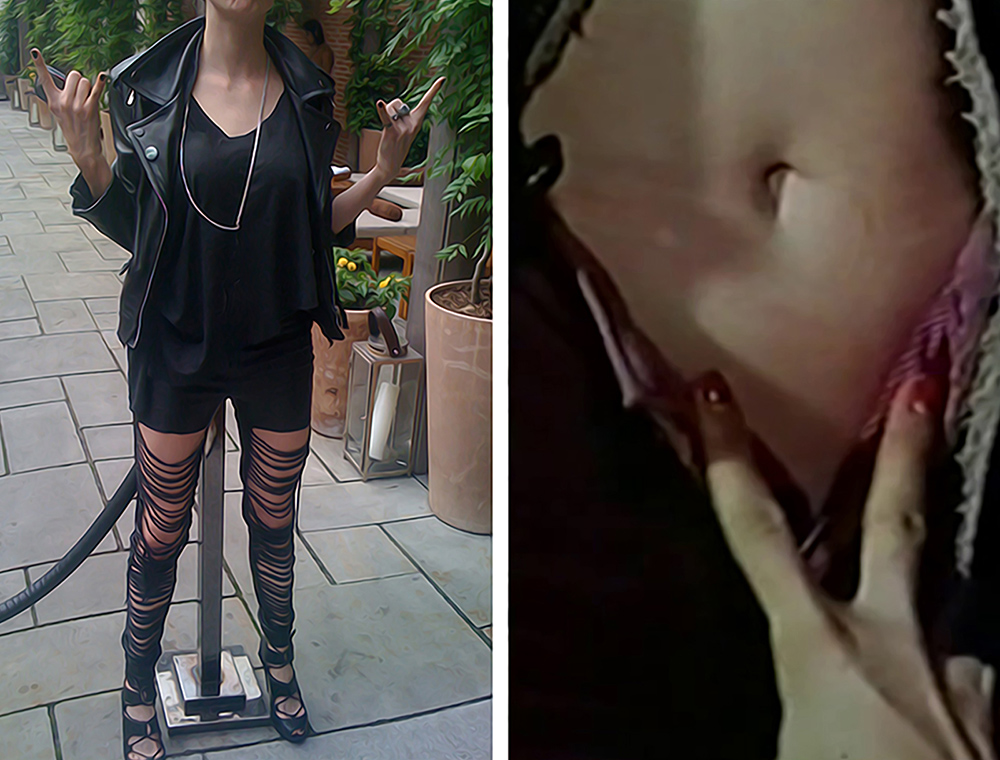On June 14, 2015, sheriff’s deputies in Greene County, Missouri, United States, found the body of Clauddine “Dee Dee” Blanchard (née Pitre; born May 3, 1967, in Chackbay, Louisiana) face down in the bedroom of her house just outside Springfield, lying on the bed in a pool of blood from stab wounds inflicted several days earlier. There was no sign of her daughter, Gypsy Rose, who, according to Blanchard, had chronic conditions including leukemia, asthma, and muscular dystrophy and who had the “mental capacity of a seven-year-old due to brain damage” as the result of premature birth.
After reading troubling Facebook posts earlier in the evening, concerned neighbors notified the police, reporting that Dee Dee might have fallen victim to foul play and that Gypsy Rose, whose wheelchair and medications were still in the house, might have been abducted. The next day, police found Gypsy Rose in Wisconsin, where she had traveled with her then-boyfriend Nicholas Godejohn, whom she had met online. When investigators announced that she was actually an adult and did not have any of the physical and mental health issues her mother claimed she had, public outrage over the possible abduction of a disabled girl gave way to shock and some sympathy for Gypsy Rose.
Further investigation found that some of the doctors who had examined Gypsy Rose had found no evidence of the claimed disorders. One physician suspected that Dee Dee had factitious disorder imposed on another, a mental disorder in which a parent or other caretaker exaggerates, fabricates, or induces illness in a person under their care to obtain sympathy or attention. Dee Dee had changed her name after her family, who suspected she had poisoned her stepmother, confronted her about how she treated Gypsy Rose. Nonetheless, many people accepted her situation as true, and the two benefited from the efforts of charities such as Children’s Mercy Hospital, Habitat for Humanity, Ronald McDonald House, and the Make-A-Wish Foundation.
Dee Dee had been making her daughter pass herself off as younger and pretend to be disabled and chronically ill, subjecting her to unnecessary surgery and medication, and controlling her through physical and psychological abuse. […]
Many people who met Gypsy were charmed by her. Her 5-foot (150 cm) height, nearly toothless mouth, large glasses, and high, childlike voice reinforced the perception that she had all the problems her mother claimed she did. Dee Dee regularly shaved Gypsy’s head to mimic the hairless appearance of a chemotherapy patient, allegedly telling Gypsy that since her medication would eventually cause her hair to fall out, it was best to shave it in advance; Gypsy often wore wigs or hats to cover her baldness. When they left the house, Dee Dee often took an oxygen tank and feeding tube with them; Gypsy was fed the children’s liquid nutrition supplement PediaSure well into her 20s. […]
Marc Feldman, an international expert on factitious disorders, said this was the first case he knew of in which an abused child killed an abusive parent. Gypsy Rose pleaded guilty to second-degree murder and served 8 years of a 10-year sentence. She was granted parole in September 2023 and was released from prison on December 28, 2023. After a brief trial in November 2018, Godejohn was convicted of first-degree murder and sentenced to life in prison without the possibility of parole.
{ Wikipedia | Continue reading }




















